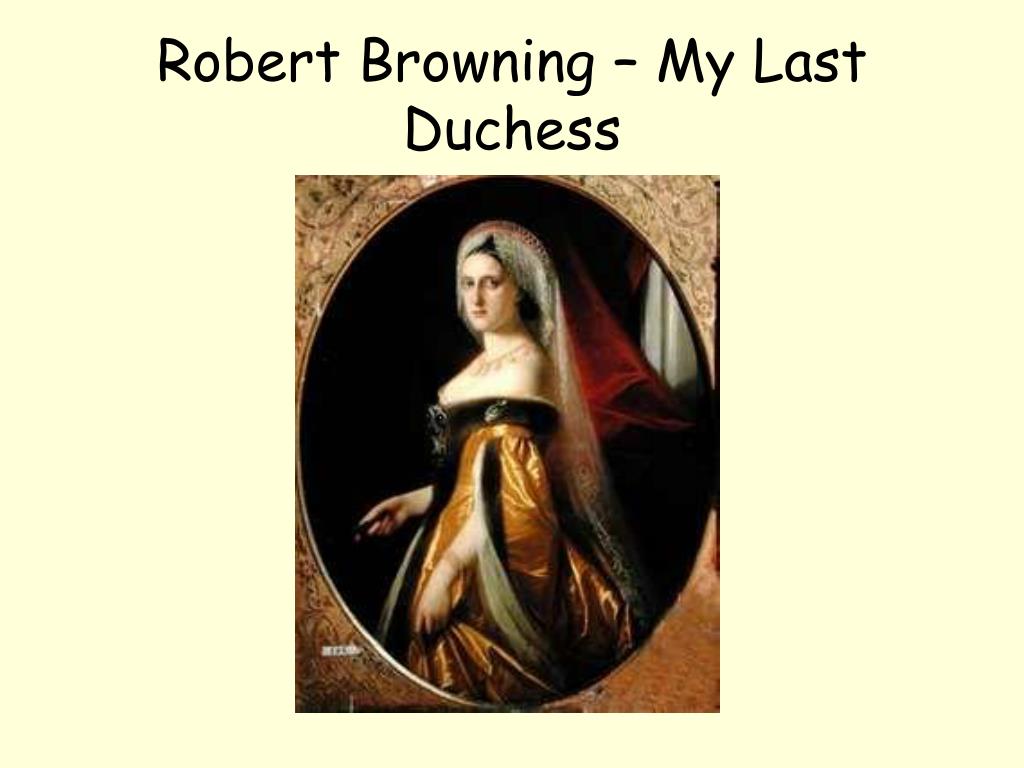

Think of variant feet like syncopation or triplets in a 4/4 time signature.

A musical melody reflects a given time signature such as 6/8 or 4/4 or 3/4. The stress patterns of the words commonly reflected the music’s beat (as in Hymn Meter). In other words, poetry started out as lyrics. As far as we know, much ancient poetry appears to have been associated with music. In other words, how do we account for variant feet in an otherwise metrical poem and at what point do too many variant feet undermine the meter? The best way to answer this is to think of meter as a musical beat. There tends to be a fair amount of confusion as to how something can be considered metrical without being strict in regard to its meter.
Does every sing.e linein my last duches shave 10 syllables free#
However, since free verse avoids any regular meter, there’s no meter from which to vary. Individual lines of Iambic Pentameter can be found in any poem, including free verse.

To find all the posts I’ve written on Robert Frost, click here. Febru– If you enjoy Frost (& Middleton is a scansion too far), you might like reading Birches along with a c o l o r c o d e d scansion of Birches included in my post on Frost’s Mending Wall.(Sample some of my poetry while you’re here, please – especially if you’re looking for modern Iambic Pentameter Poetry). Among other things, the first post provides an explanation of the symbols used in scansion. Further posts dwell on the scansion of various poets: Iambic Pentameter and Shakespeare’s Sonnet 116, Hamlet’s soliloquy To be or not to be, Chaucer’s Prologue to the Canterbury Tales, along with the meter of Emily Dickinson. This continues my first post: What is: Iambic Pentameter (Basics) and is itself followed by an examination of Thomas Middleton’s Blank Verse – the final & ugliest post (the second part of this post) that considers outlying variants (including long lines) by scanning Middleton’s verse.New: The Art & Writing of Iambic Pentameter.This post was edited, tweaked & improved on March 24, 2009.

Needless to say, and just like Browning’s poem, mine is based on true events. Still stands just as it was-and still untamed. As luck would have it though, just Neptune Such things.) But down went Neptune, down To tighten them-a cable snipped?-who knows. Have loosened here and there a bolt, forgetting Sculptedīy Hans of Strasbourg and entitled: Neptune Takenįor La Belle Dame-and while touring Italy.Ī gorgeous cove and was quite famous. My agent will of course review the contract. Gone, but for this: his photograph still smiling He’d driven off in his belovèd Aston Martin. This villa, planned by Lars van Alderhof There was no point in living where we lived: He’d treat as if he’d known them all their lives. What with that jaw, that brow, that piercing gaze. You’re not the first to ask me who he was. Yet after all these years I’m not surprised Nor women, everyone who met him loved him. I’ve since been told Pierre had fallen madly No doubt he would have stayed a few weeks longer. That’s my last husband pictured on the wallĪnd spent the week-end taking photographs. As I see it, why let the men have all the fun? Enjoy. As usual, I enjoy writing pastiches like these that turn the originals a little upside down and a little inside out. If you’ve never read Robert Browning’s My Last Duchess, then you should read that first or you’ll be apt to miss the humor and inside jokes. I wrote it over the week-end, with Bicycles finally done, and wanted to write her something she could really have fun with-my way of thanking her. This poem, or dramatic monologue, was written for Harriet Whitbread, who performed my poem, Erlkönigin.


 0 kommentar(er)
0 kommentar(er)
